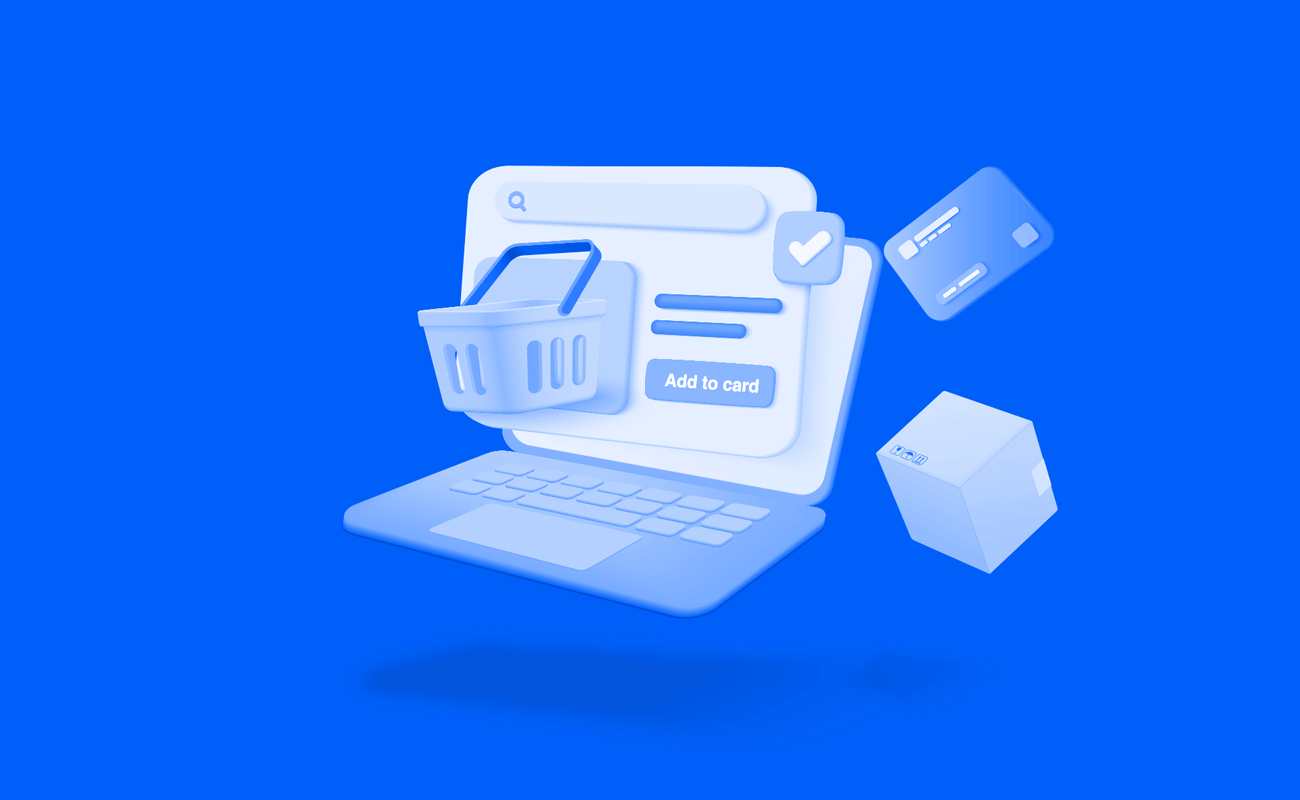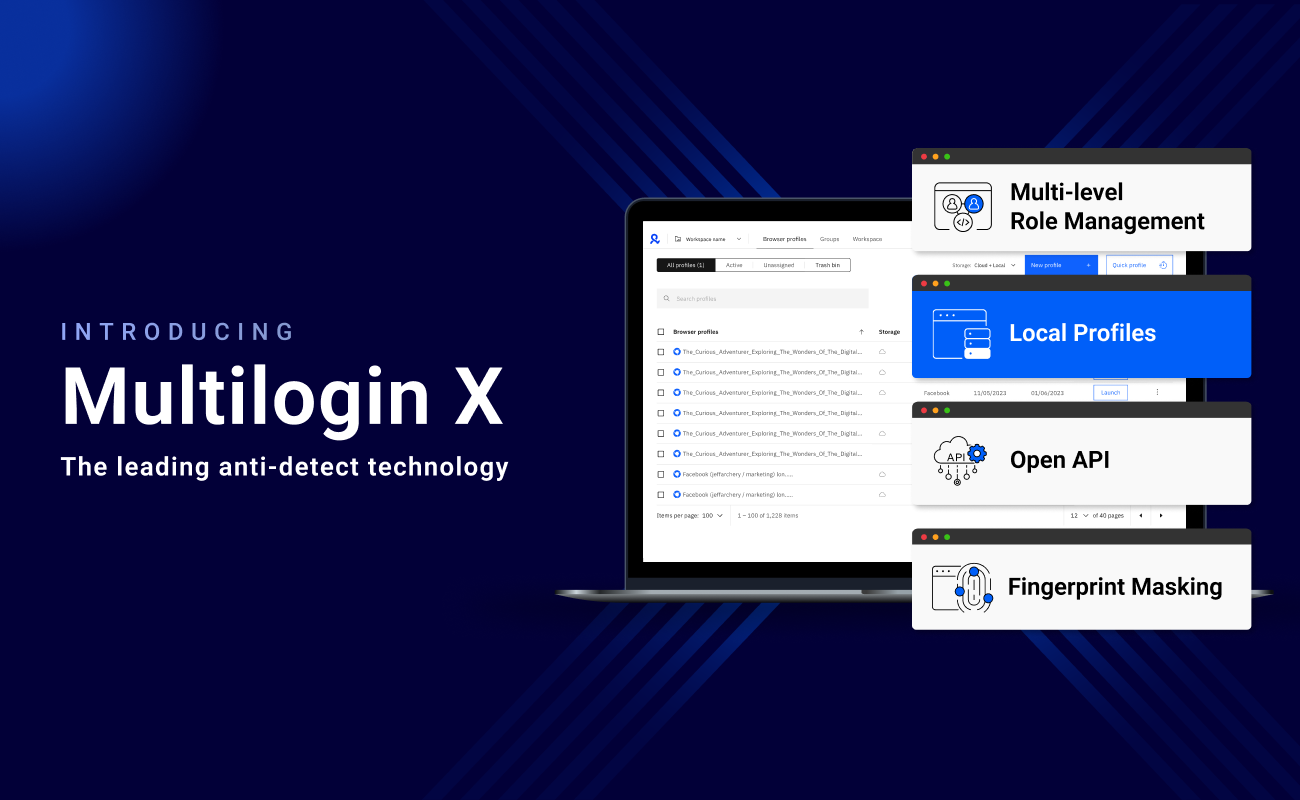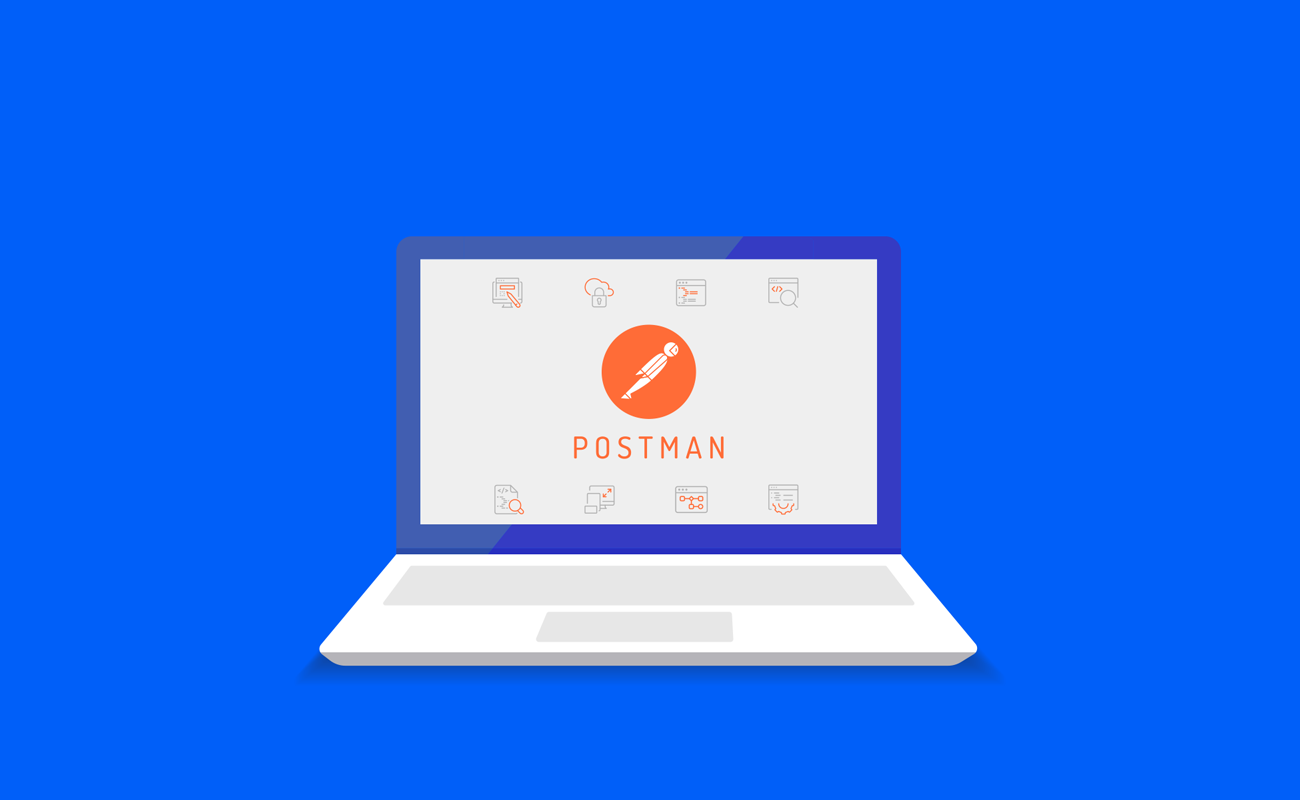
Top 4 proven steps to increase your e-commerce sales
JULY 29, 2022 | USE CASES
August is almost here, the sun’s shining, and for e-commerce sellers, that means one thing: it’s time to think about winter. Yes, really! With months until the biggest retail periods of the year – kicking off with Black Friday – you need to get your e-commerce marketing into place, build a robust sales strategy, and cover every base to watch your sales soar throughout the holidays and beyond.
So here’s an early present to help you seize the opportunity: our top 4 strategic steps to increase your e-commerce sales.
1. Know your audience inside out
Audience understanding is the foundation of every single successful online store. ‘Selling products’ is only half of your aim: ‘selling products to people’ is your real goal. Do you know your audience as well as you know your product?
On the one hand, you know the benefits of your product range. You know the pricing point, you know the intended use scenarios, you know its composition, its features, its pluses and minuses. But can you say, backed up with data and not merely assumptions, what your customers want from your product, how they use it, what they value in it and more?
The point at which these two intersect is how you sell your product. We’ll give you an example of a biking apparel retailer we recently heard from at Affiliate World. They were trying their best with their e-commerce advertising, putting everything into it, but they didn’t get the results they wanted. It was only once they researched their audience that they discovered that, while their products were technically excellent, what the customers valued was the appearance and uniqueness of the bibs. They pivoted their sales to be led by style and saw revenue catapult higher than ever.
In practical terms, this means you need to proactively reach out to your current buyers and find out what makes them tick. Put together the questions you want to know based on your product range, from basic demographic age to source information (how they found out about you), whom they’re shopping for, their opinions on your products, and more. However, try to keep it at a ‘snackable’ length – and offer an incentive if possible for completion. Vary your contact methods to increase uptake: send out surveys by email, put them in post-purchase positions, contact them through social media and messaging if you have a relationship.
Then, build this information into grouped personas. With this in hand, you have a realistic, data-based starting point for your e-commerce marketing to help increase sales.
2. Seize the opportunity of dynamic pricing
It’s time to take things up to another level. It’s 2022, and we have endless technology at our fingertips. Traditionally, e-commerce advertising followed physical commercial norms and changed rarely, but those days are gone.
As online sellers, you’re competing in a space with immense noise and competition. The most successful vendors, however, have an ace up their sleeves: dynamic pricing.
Dynamic pricing means that the price points of your products are adjusted and optimized based on market conditions. For example, if your product is in high demand and low supply, prices can increase. In more sophisticated examples, the potential buyer’s own demographics and behavior can produce a customized price.
All this helps to increase e-commerce sales by keeping up effortlessly with the market, making the most of high-demand periods and still adjusting to continue making sales in quieter times. As long as you set a bottom line beyond which your price won’t fall, you know that you’ll always be within your desired price range.
Dynamic pricing isn’t just an e-commerce marketing strategy that’s limited to those with their own e-commerce stores, either. Many marketplaces have the possibility to offer the same: Amazon offers a proprietary repricer (find it in your seller account), and there are any number of third-party solutions for other platforms, including eBay.
3. Boost your e-commerce marketing with optimized listings
Let’s not stop at pricing, either: give each and every listing the full sales treatment if you want to see your revenue grow.
Your listing is your online shop window, information tag and assistant all in one.
Start by getting the basics right (think of this as your foundational e-commerce advertising). Ensure you have high-quality product images from every angle, and 3d scrollable if possible. Include measurements or scale if needed, and don’t forget a lifestyle (‘in situ’) image to help your customer imagine it in real life.
Have your product copy overtly highlight the benefits of the product in a succinct and to-the-point way – and in a tone that reflects your brand personality.
Be sure that your product name/title is clear and gives a true picture of what your product is.
Then, make sure that all text – title and body – is optimized for search. If you’re selling on a marketplace, there will likely be multiple other similar products, all competing for top position. Research the keywords potential buyers search for, and ensure these are embedded in the title as well as the text. Don’t be afraid of multi-word product names: where once this might have been considered ‘not done’, it’s now recognized as a quick way to cut through the noise and position your product to your potential buyer.
Next, consider delivery options. You’re probably familiar as a buyer yourself with the feeling of loading up your cart, only to find astronomical delivery prices. It’s an instant put-off, and it’s no wonder then that data from e-commerce giants like eBay show that having controlled or included delivery pricing can increase sales by as much as 50%. Consider including your stores in program’s like eBay Fulfilment or Fulfilled by Amazon (FBA). The latter also has the benefit of adding the Amazon Prime badge to your listings, promising free fulfilment to purchasers. Plus, it’s a win-win for both your e-commerce marketing and logistics.
On marketplaces, your aim with this optimization is twofold. Firstly, by appearing higher up in searches, you stand a greater chance of directly increasing e-commerce sales (Search Engine Journal reminds us some 70% of Amazon sales happen from the first page). That’s pretty clear, but have you ever stopped to consider how, for instance, Amazon selects the seller who owns the buy box? That’s the seller whose listing gets ‘buy now’ rather than languishing in ‘other sellers’.
One of the biggest factors is that it’s fulfilled by the marketplace. Likewise, your own shipment metrics give you a boost if they’re positive – yet another advantage of optimizing your fulfilment options.
A third is, unsurprisingly, order volume. In other words, if through optimizing your listings, you see your orders and sales grow, you actually put yourself in play for another long-term boost, this time from capturing the buy box.
4. Speed ahead with multiple stores
So, you’ve taken your expert audience knowledge, applied sound repricing strategies and your listings are so thoroughly optimized you want to frame them.
So far, we’ve been playing the long game, and that is crucial. A well oiled store will, with continued attention, be far more likely to continue to increase your e-commerce sales throughout 2022 and beyond. But what if you really wanted to turbo-charge those sales, and we told you that you could take your business beyond what you thought was possible?
So far you’ve been working on all the very necessary and results-delivering foundational work, but there’s one more huge strategy that many of the fastest-growing entrepreneurs use to scale fast. That strategy is running multiple accounts and storefronts.
Think about it: you’ve beautifully optimized your storefronts, but you’re not the only e-commerce merchant to do so. You have a potential buyer base of millions, and some of them will still be scrolling through your competitors, or searching through large product catalogues.
With multiple separate stores, you have three big advantages:
Target and re-target your audience: Have your stores show up multiple times in marketplace listings is almost a no-brainer as e-commerce marketing techniques go. Whether it’s simply increasing the probability of a click by gaining multiple page-one positions, or using secondary listings to recapture those who’ve abandoned your original listing, it’s a non-negotiable technique for many e-commerce brands.
Protect individual brands: If you’re selling across multiple verticals, multiple storefronts help to contextualize those verticals into individual brands. They also mean that the customer you’ve attracted to your online store is not faced with a bewildering array of products that eventually leads to cart abandonment.
Guard against store issues: In an ideal world, your business would never suffer poor reviews or fulfilment issues – but in reality, sometimes these things happen. If all your eggs are in one basket, then you’ve increased your e-commerce sales only to have your whole business suffer from a downgrading in the algorithm. If you’ve spread the risk, you can rest assured that it only impacts one part of your operations.
If your response to the above is ‘how do I start?’, the answer is that it’s simple.
This is where the power of Multilogin comes in. The market-leading stealth browser, our software lets you create hundreds or even thousands of virtual browser profiles. Each appears to third parties like Amazon or eBay as a unique, native device with its own browser fingerprint – meaning your storefronts appear completely separately. Plus, we are the only solution to hold your profiles securely on AWS Cloud (so encrypted even we can’t read them).
Ready to seize the opportunities of an ever-growing e-commerce marketplace? Discover our pricing plans and features and find out more about how Multilogin can help you increase your e-commerce sales.
With multiple storefronts at your fingertips, the sky is the limit to how far and fast your e-commerce marketing can propel your business’ revenue!






